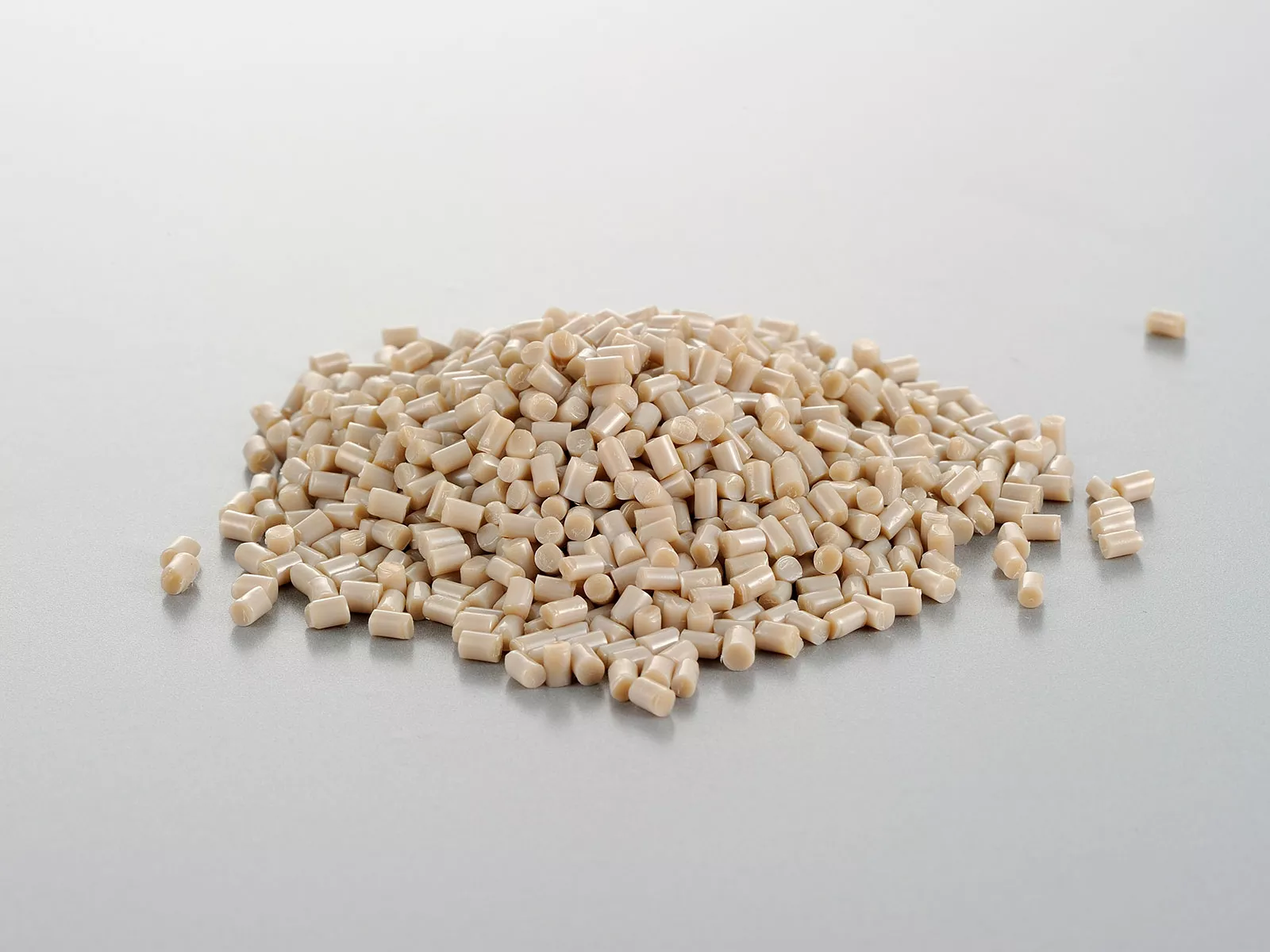When it comes to selecting materials for high-performance applications, PTFE (Polytetrafluoroethylene) and PEEK (Polyetheretherketone) are two of the most commonly considered options. Both materials offer unique properties that make them suitable for a wide range of applications, but they also have distinct differences. This article explores the differences between PTFE and PEEK, their respective advantages, and guidance on which material might be better suited for specific applications.
What is PTFE?
PTFE (Polytetrafluoroethylene) is a synthetic fluoropolymer of tetrafluoroethylene, best known by the brand name Teflon. It is renowned for its non-stick properties and high resistance to chemicals and temperature.
Key Properties of PTFE:
- Chemical Resistance: Exceptional resistance to most chemicals and solvents, making it ideal for use in harsh chemical environments.
- Thermal Stability: Can withstand temperatures up to 260°C (500°F) without losing its properties.
- Low Friction: Extremely low coefficient of friction, which is why it is often used in applications requiring lubrication.
- Electrical Insulation: Excellent electrical insulating properties.
- Non-Stick Surface: PTFE has a very low surface energy, making it non-stick and easy to clean.
Common Applications of PTFE:
- Chemical processing equipment
- Non-stick cookware
- Electrical insulation
- Gaskets and seals
- Bearings and bushings
What is PEEK?
PEEK (Polyetheretherketone) is a high-performance engineering thermoplastic known for its excellent mechanical and chemical resistance properties, even at high temperatures.
Key Properties of PEEK:
- Mechanical Strength: High tensile strength and stiffness, maintaining performance at high temperatures.
- Chemical Resistance: Resistant to a wide range of chemicals, including acids, bases, and organic solvents.
- Thermal Stability: Can operate at temperatures up to 260°C (500°F) continuously and up to 300°C (572°F) for short periods.
- Wear Resistance: Excellent wear and abrasion resistance, suitable for demanding applications.
- Biocompatibility: Safe for medical applications and can be sterilized without degrading.
Common Applications of PEEK:
- Aerospace and automotive components
- Medical implants and devices
- Semiconductor machinery
- High-performance seals and bearings
- Oil and gas industry components
Comparing PTFE and PEEK
1. Temperature Resistance
- PTFE: Can withstand temperatures up to 260°C (500°F), but may creep under mechanical stress at high temperatures.
- PEEK: Can also withstand continuous use at 260°C (500°F) and short-term exposure up to 300°C (572°F), with superior mechanical strength at these temperatures.
2. Mechanical Properties
- PTFE: While PTFE has excellent flexibility and low friction, it lacks the high tensile strength and rigidity of PEEK.
- PEEK: Offers high tensile strength, rigidity, and resistance to wear and abrasion, making it suitable for mechanically demanding applications.
3. Chemical Resistance
- PTFE: Superior chemical resistance to almost all substances, including strong acids and bases.
- PEEK: Excellent chemical resistance, though slightly less than PTFE. It can still withstand a wide range of harsh chemicals.
4. Electrical Properties
- PTFE: Exceptional electrical insulating properties, making it ideal for electrical and electronic applications.
- PEEK: Good electrical properties, but not as outstanding as PTFE. Suitable for applications requiring both electrical insulation and mechanical strength.
5. Cost
- PTFE: Generally more cost-effective than PEEK, making it a preferred choice for applications where budget is a constraint.
- PEEK: More expensive due to its superior mechanical properties and high-performance capabilities.
Which is Better?
Choosing Between PTFE and PEEK depends on the specific requirements of the application. Here are some considerations to help you decide:
- For High Mechanical Strength and Wear Resistance: If your application demands high tensile strength, rigidity, and wear resistance at elevated temperatures, PEEK is the better choice.
- For Chemical Resistance and Non-Stick Properties: If you need superior chemical resistance, low friction, and non-stick properties, PTFE is the ideal material.
- For Cost-Effective Solutions: If budget constraints are a significant factor, PTFE offers many benefits at a lower cost.
- For Biocompatibility and Sterilization: In medical and life science applications requiring biocompatibility and the ability to withstand sterilization, PEEK is preferred.
Conclusion
Both PTFE and PEEK are exceptional materials with distinct advantages. PTFE excels in chemical resistance, low friction, and cost-effectiveness, making it suitable for non-stick, chemical processing, and electrical insulation applications. PEEK, on the other hand, offers superior mechanical properties, thermal stability, and wear resistance, making it ideal for high-performance engineering applications. Understanding the specific requirements of your application is key to choosing the right material.





